Shock attack on Pearl Harbor
7th December 1941: The Japanese achieve complete surprise when they attack the US Pacific Fleet before declaring war ...
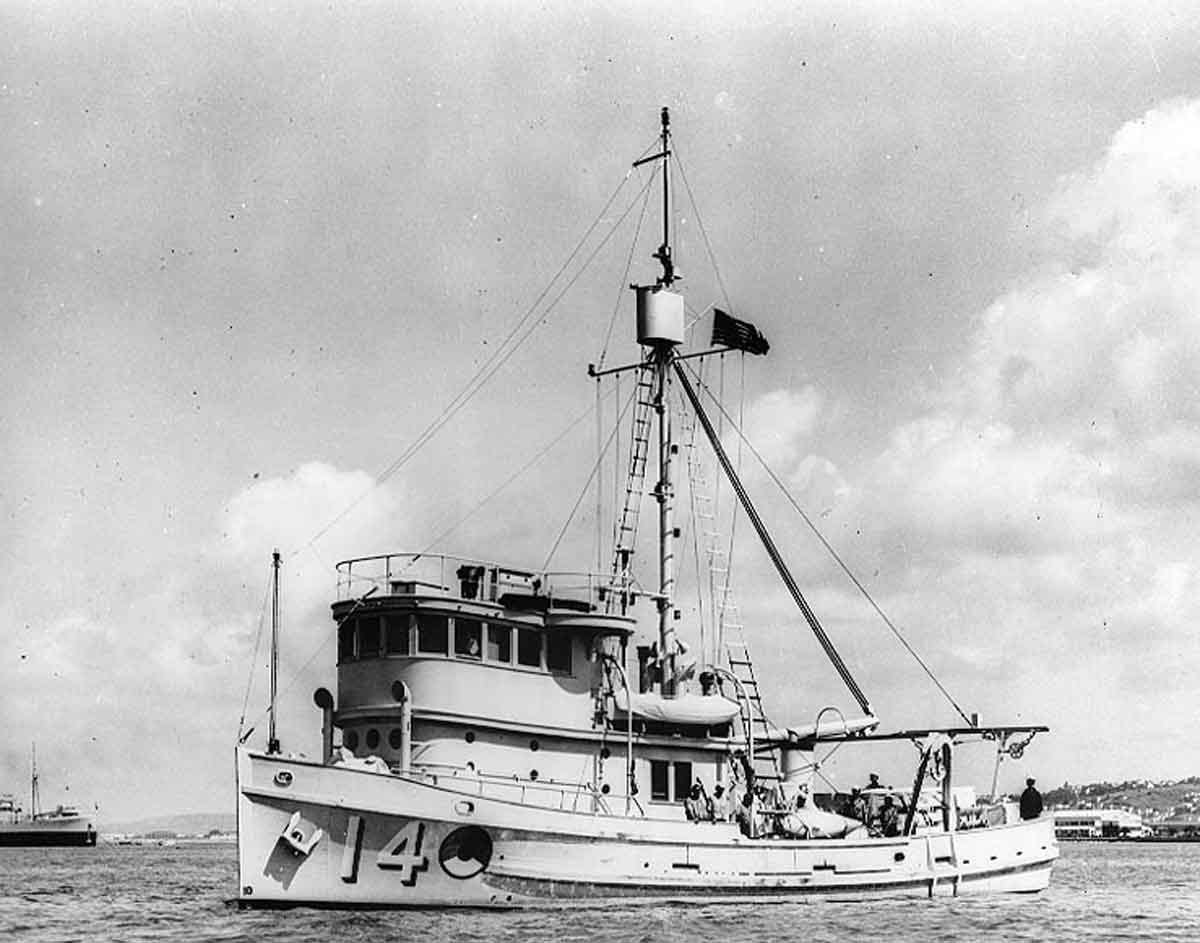

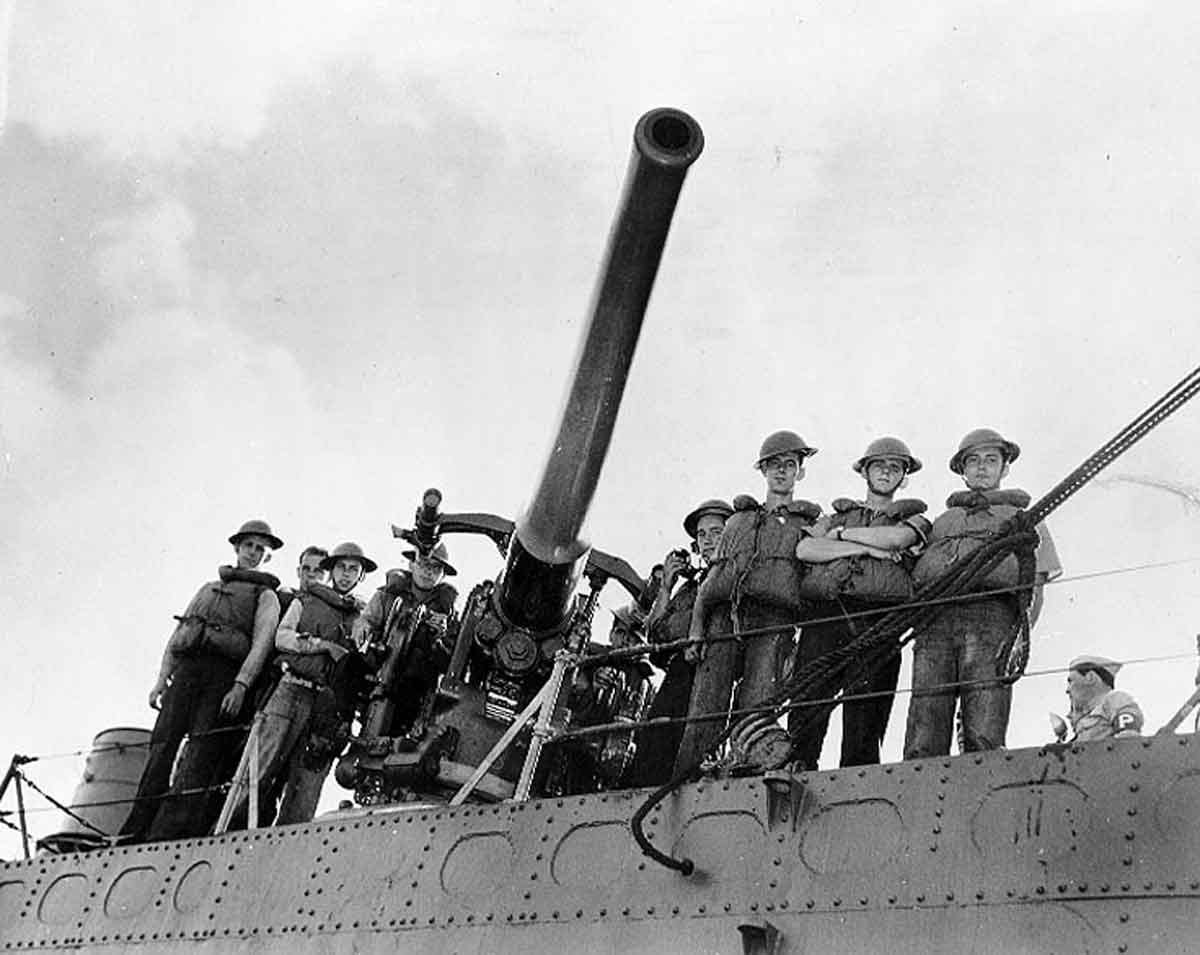


Fuchida1 ordered the attack at 7.49am with the words “To, To, To,”. Four minutes later, he was confident that they had achieved complete surprise - there was no anti-aircraft fire and ‘Pearl Harbor appeared to be asleep’. He radioed a message to the Japanese Fleet to confirm this, the simple words “Tora, Tora, Tora” were picked up around the Pacific:
Thus, without losing time, “Tora-Tora-Tora” was broadcast to Taiwan, French Indochina, Malaya, Borneo, HongKong, Shanghai, Guam and Wake lsland. And the Imperial Army divisions, stationed across Asia, which had been holding their collective breath to hear the outcome of our air-raid, went into their respective planned combat actions.
I was relieved to have reported “Tora-Tora-Tora”myself, but it was yet to be proved if the surprise attack would really succeed and annihilate the US Pacific Fleet.
I stood up on the seat with the binoculars in my hands and started to give out combat orders, paying attention to the surrounding battle conditions.
As soon as we saw black smoke coming up from Hickam Airfield, smoke came up from Ford Island as well. Soon after I saw columns of water rise one after another where the battleships were berthed. The battle was developing in our favor.
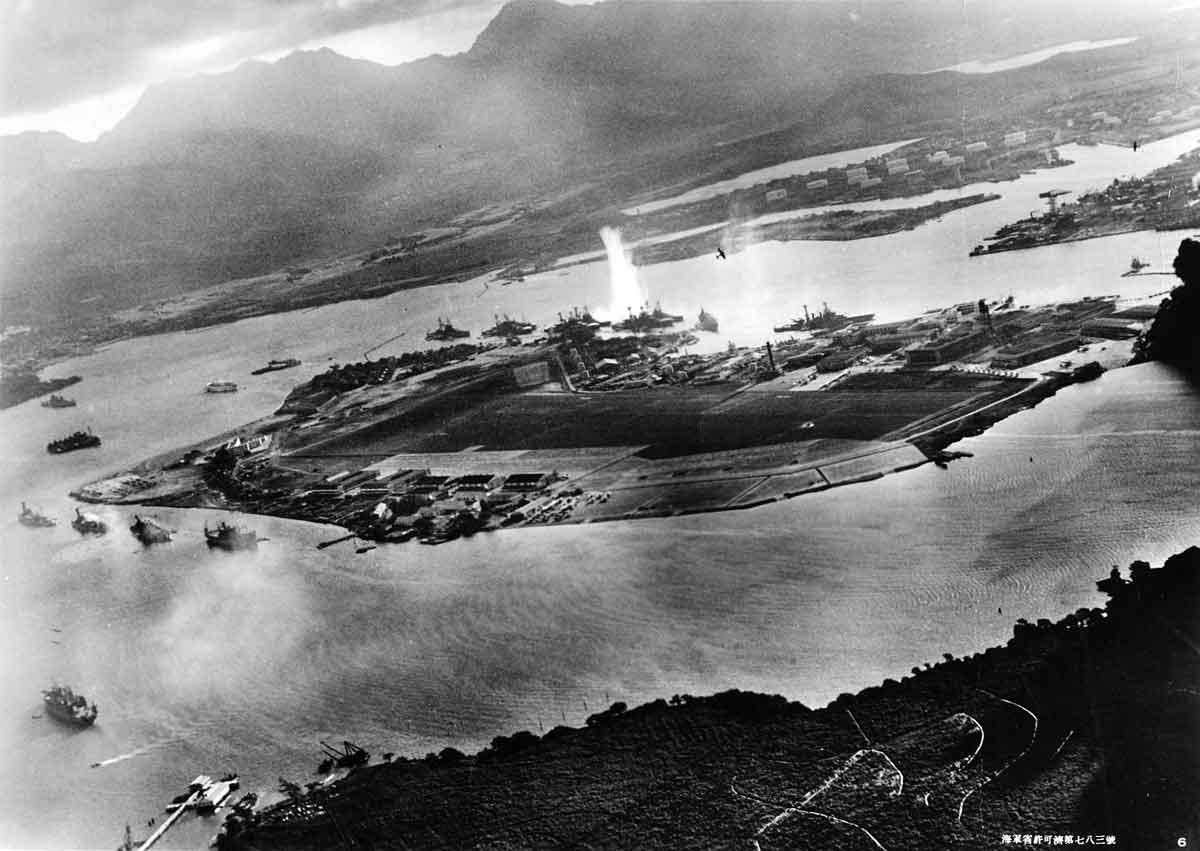
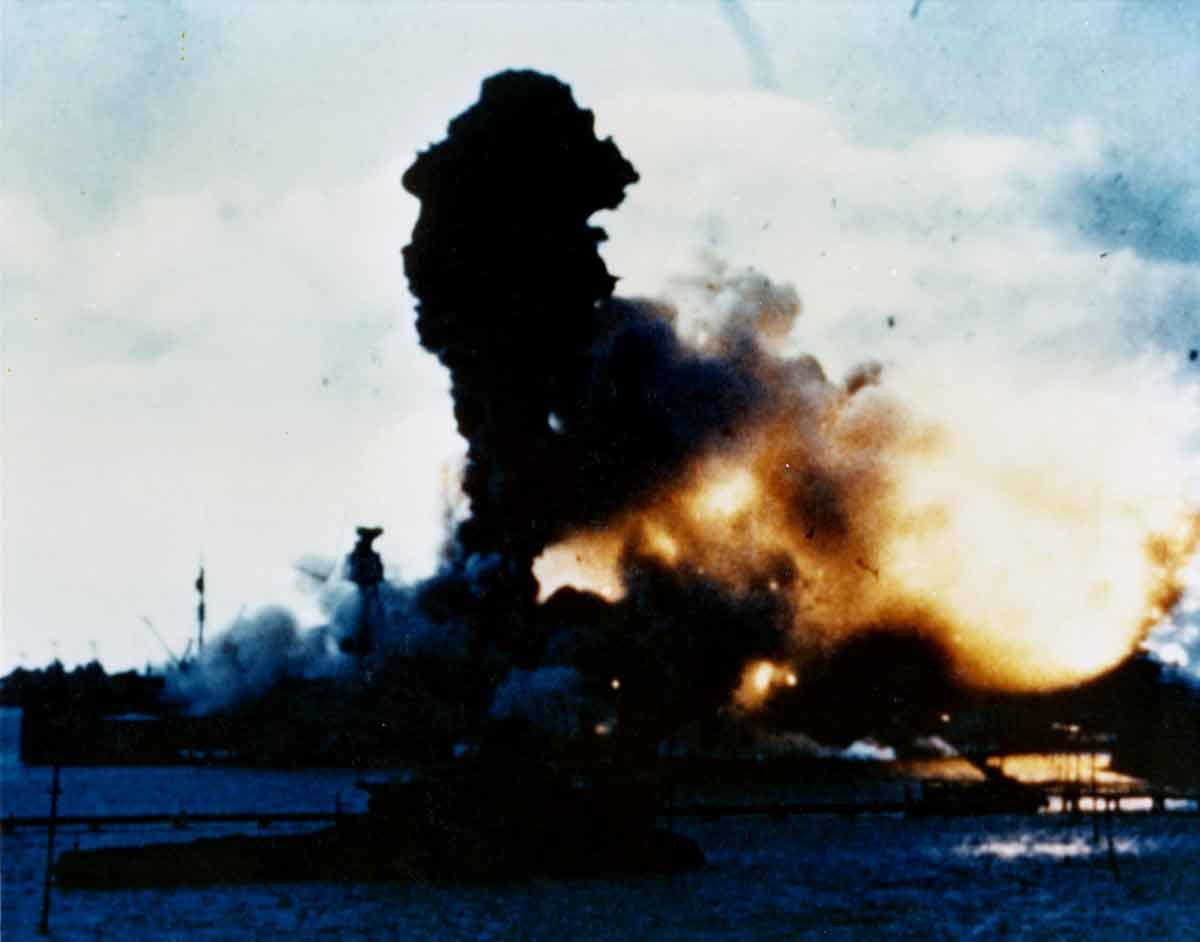
Lloyd Bunting2 was training with the 50th Reconnaissance Squadron based at Hickam Field, his experience of how things began seems to have been fairly typical:
Sunday morning December 7th, 1941 was another beautiful day. I was returning from the shower clad modestly in my Army issue towel and with breakfast in the mess hall, or a snack at the P.X., on my mind. When I entered the barracks I noticed lots of the men were clustered at the window and I went to see what was interesting them. It seemed there was unusual activity over Pearl Harbour.
Some guessed it was bombing practice or some such normal exercise. Then we noticed other planes crossing our air base enroute to Pearl Harbour. Suddenly a low flying plane, barely higher than the barracks, banked giving us a view of a big red ball insignia under the wing.
Gee !, then more speculation, perhaps a happy conclusion to Japanese / U.S. negotiations had something to do with it. Loud explosions made us decide to be elsewhere. We were being bombed, and we were on the top floor. By the time we got to the ground, the building was being shaken by the explosions and wall tiles were crashing down the steel staircase behind us.
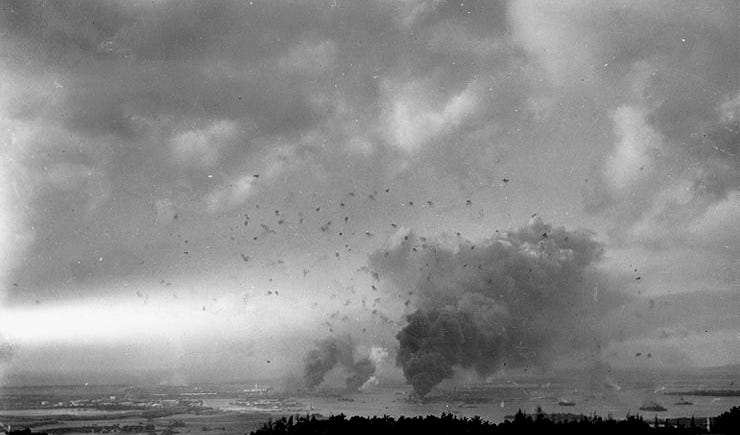
Radioman Ted Mason3 had a grandstand view from high above the USS California:
Torpedo planes in single file roared in at no more than a hundred feet above Southeast Loch, whose waters pointed like a dagger at the battle line. As they reached the channel, they launched their long, slim tin fish. The torpedoes entered the water with a modest splash. Their white wakes were arrow straight as they headed unerringly for the sides of the Oklahoma, West Virginia, Arizona, and Nevada.
The planes banked and flashed up and over the ships, perfect targets for our antiaircraft batteries. But only some .50-caliber machine guns and the 1 inch “pom-poms” in the Maryland were firing as yet. I cursed the fate that had made me a radioman instead of a gunner’s mate. If I had a .50-caliber in my hands, I would score some hits!
As I watched, one plane was hit. It burst into flame, lost altitude, and plunged into the water near Pearl City. At the same time, Val dive-bombers were peeling off and striking at the battleships, and at the cruisers and destroyers moored in East Loch. I had seen newsreel films of the German Stukas, which descended in near vertical dives upon their targets. But the Japanese planes came at us in a steep glide, the wind screeching past their blunt engine cowlings and fixed landing gear in a banshee death wail.
The pilots’ aim was very good. Alongside the ships, the near misses sent up columns of water hundreds of feet high, accompanied by muffled explosions and spreading concentric shock rings. The hits were marked by the hideous red flashes of high explosives that ripped through steel as if it were cardboard. I knew that every hit, and many of the near misses, were bringing death to numbers of my countrymen.
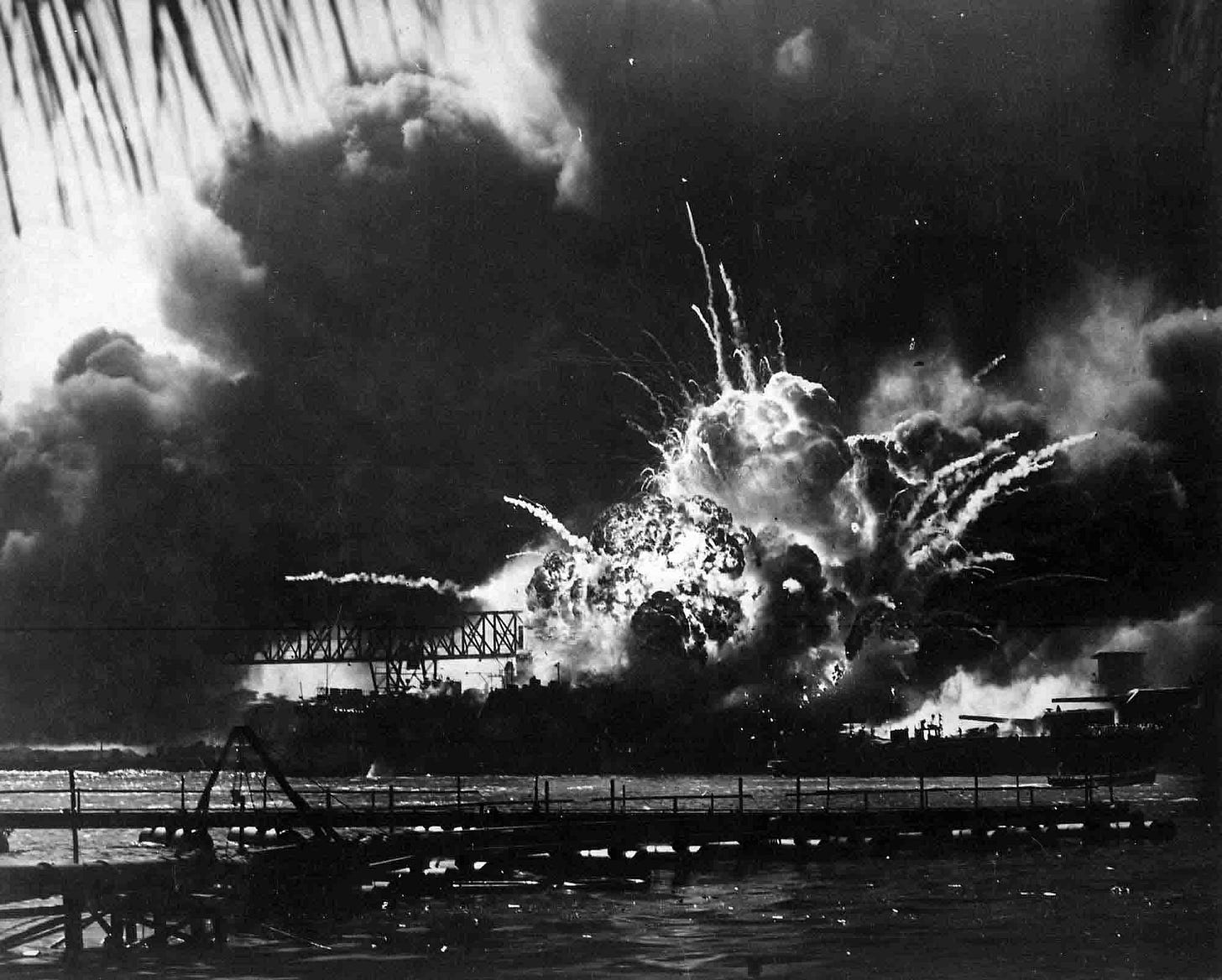
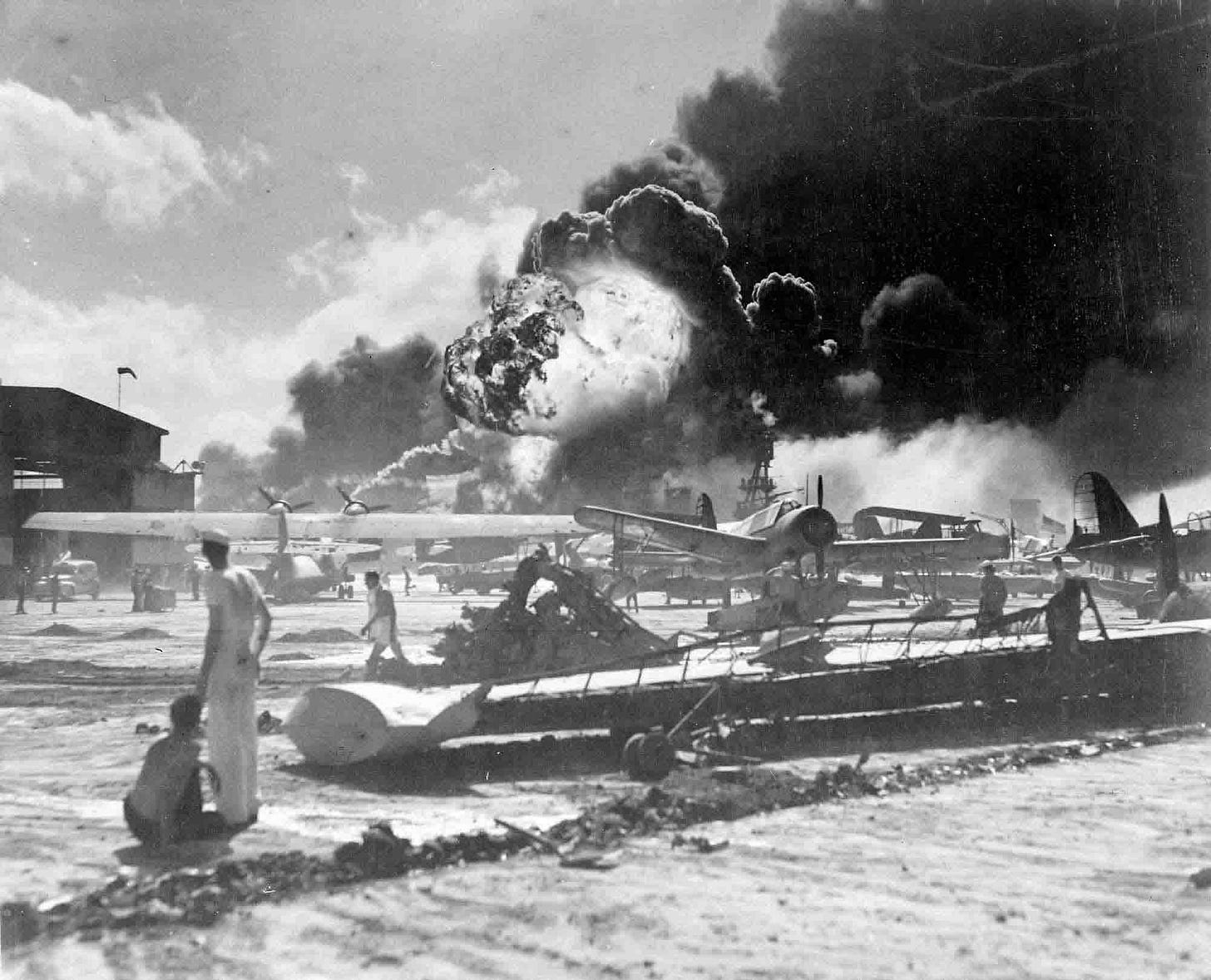
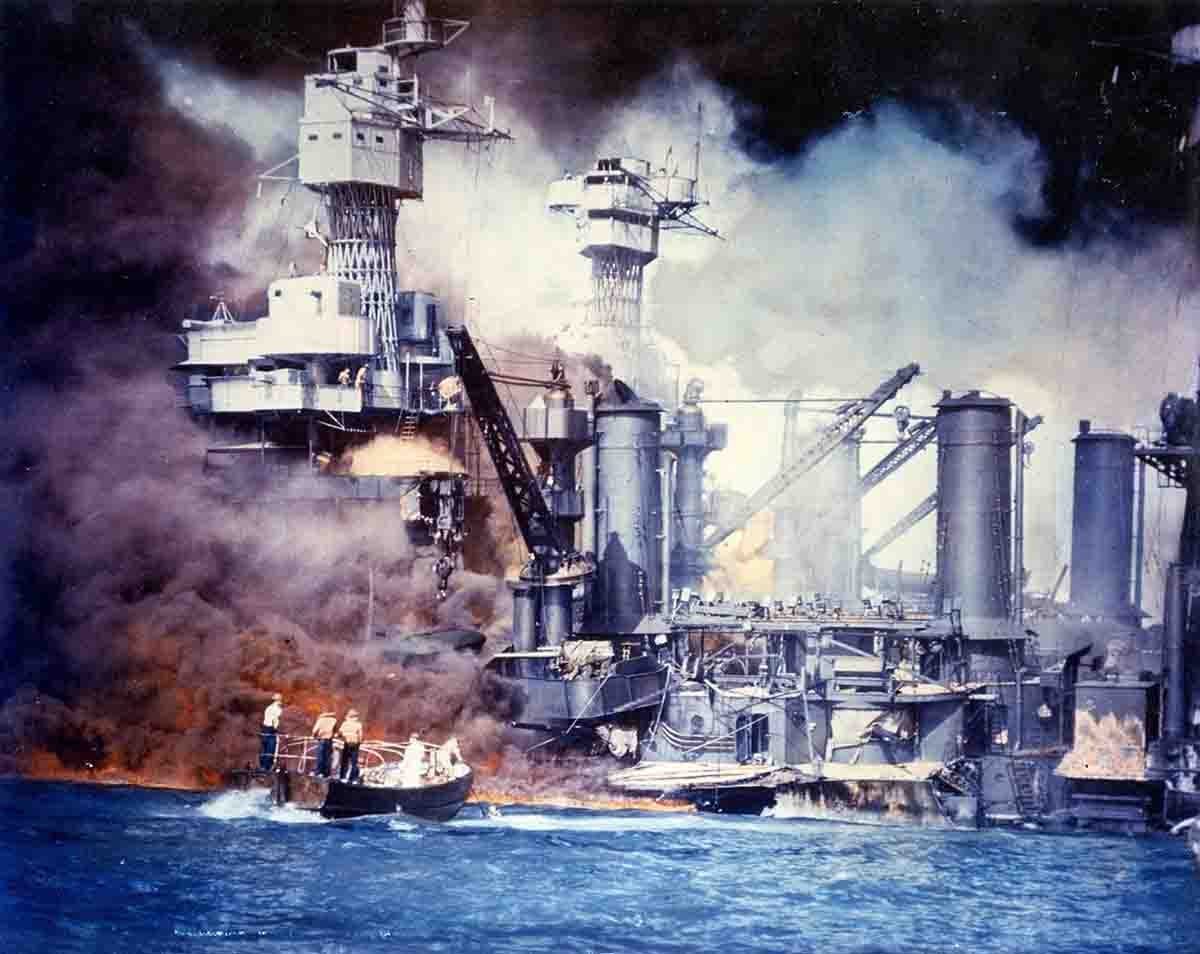
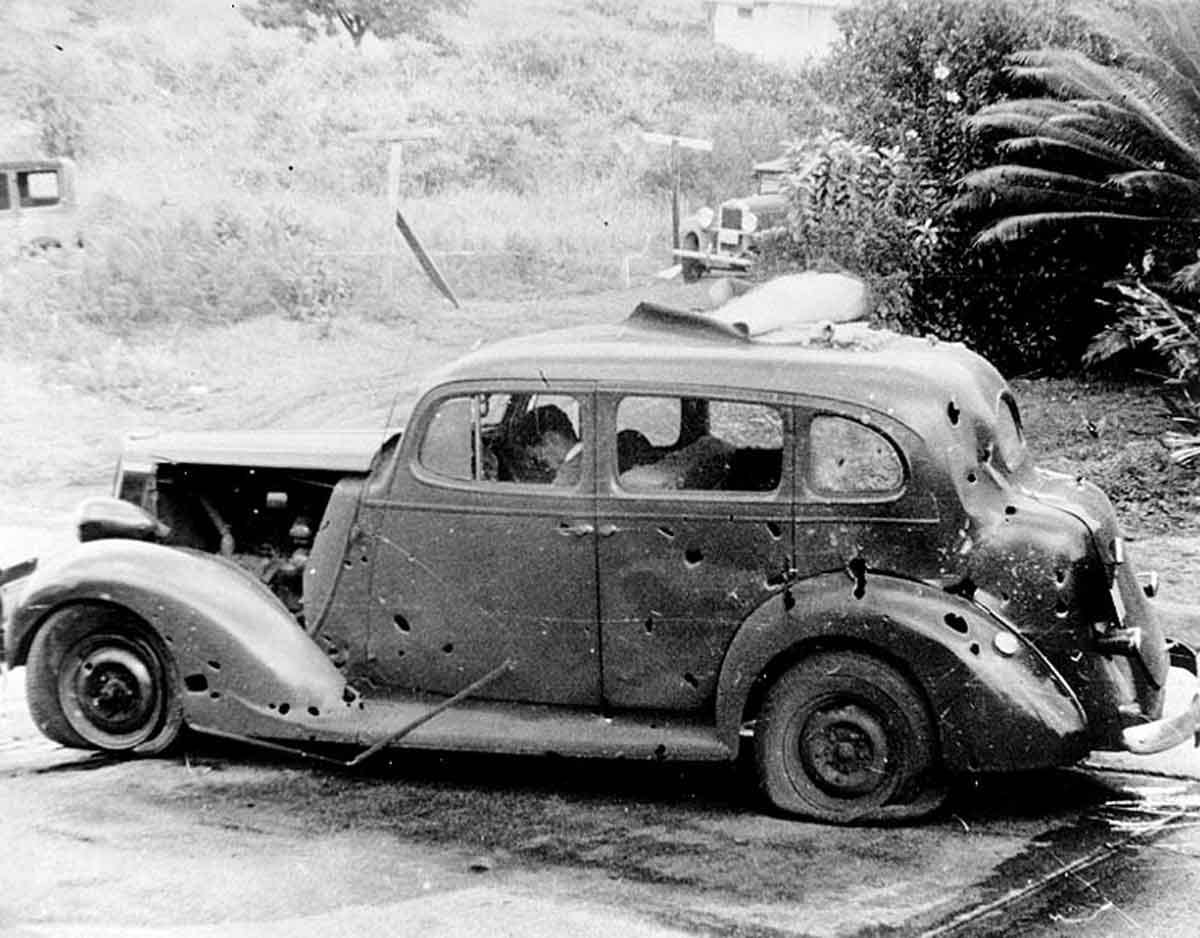
After just one hour fifteen minutes the attack was over - 2,403 Americans were dead, including 68 civilians. 19 U.S. Navy ships, including 8 battleships, were destroyed or damaged. But the Japanese had been unable to locate three US aircraft carriers, all out at sea on manoeuvres.
The damage was a serious blow but not completely devastating to the US Pacific Fleet. The Japanese had not achieved their objective of making an early knockout blow. And by the nature of the attack, made before a declaration of war, not only was the US Navy fired up but an entire nation was galvanised to seek revenge.
Lloyd Bunting: https://bunting.com.au
Battleship Sailor (Bluejacket Books)

